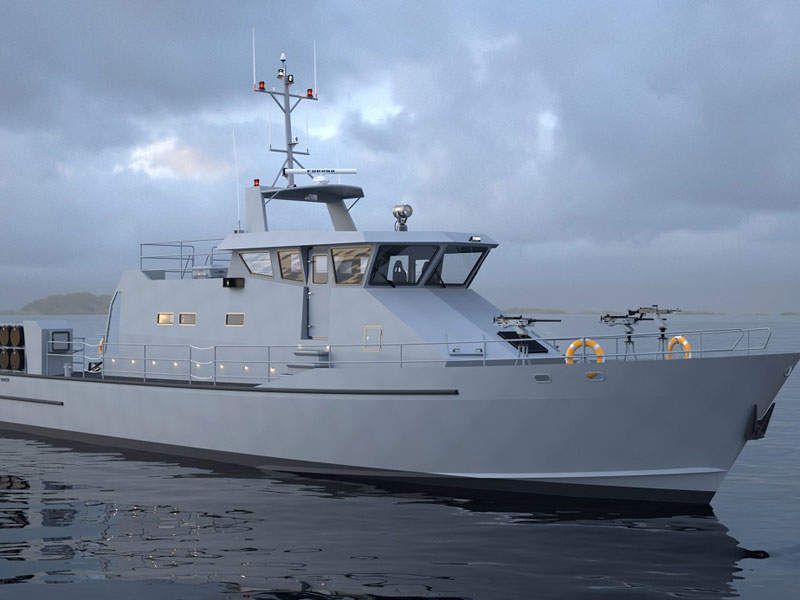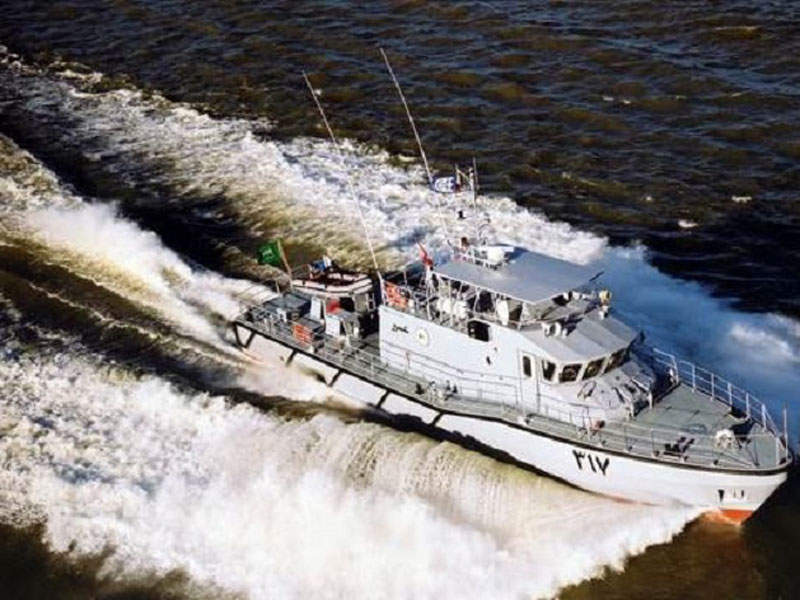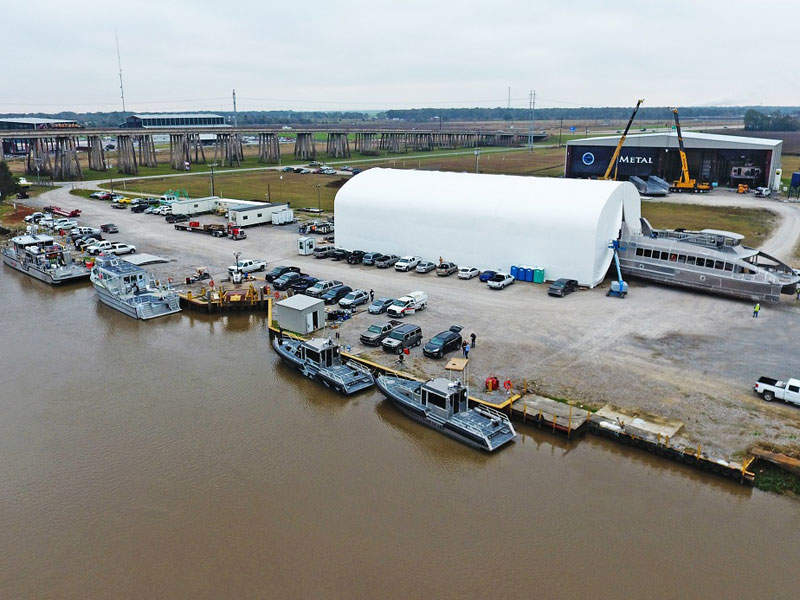Metal Shark developed the 85 Defiant Class Near Coastal Patrol Vessels (NCPVs) for the US partner nations. In June 2017, the Naval Sea Systems Command (NAVSEA) of the US Navy selected Metal Shark to build up to 13 of the 85ft NCPVs under a foreign military sales (FMS) contract.
The FMS contract also included the delivery of electro-optical infrared sensors, in-country reactivation, crew familiarisation and testing services.
Metal Shark will build the patrol vessels in its shipyard complex in Franklin, Tennessee, US, and deliver them to the Dominican Republic, El Salvador, Honduras, Costa Rica, Guatemala and other US allies.
The NCPVs can be deployed in a range of missions, including search-and-rescue (SAR), maritime patrol, counter-narcotics and maritime security.
85 Defiant NCPV design
The 85 Defiant NCPV is based on the Damen Stan Patrol 2606 platform. The base design has been enhanced by Metal Shark to achieve crew-friendly functionality. The all-welded aluminium vessel will integrate a deep V-hull with raked bow, wide inverted chines and spray rails. It will offer superior durability and seakeeping, large payload capacity, and economical operations.
The wheelhouse of the vessel will have pillarless glass and large spotter windows for a high field of view. It will be fitted with openable side and aft pilothouse windows to enable crew communication during docking and manoeuvring beside another vessel.
Its crew can access a surefooted passage to safely traverse between bow and stern. Non-skid walkways on board the vessel will feature low-level LED lighting for operations at night. The water-tight manholes and access hatches will allow the crew to enter tanks and machinery areas, while the vessel will also integrate stern ladders for accessing water.
Each vessel will have a length of 26.5m, beam of 6.2m, depth of 3.3m, and maximum draught of 1.8m.
Payload capacity
The cargo-carrying capacity of the deck will be up to 4t, while the total deadweight of the vessel, including fuel, personnel, cargo and equipment, will be 20t. The vessel can also carry 55-gallon drums securely within ejection racks.
The large aft deck of the vessel can house a 5.5m-long, ten-person rigid-hulled inflatable boat (RHIB). The integrated stern slipway on board the vessel will enable the launch and recovery of the boat.
Its modern, crew-friendly design will offer comfortable accommodation for more than ten personnel to support missions at sea for extended time periods.
85 Defiant NCPV navigation and communications
The navigation and communication equipment on board the vessel will include a gyrocompass, radar, echo sounder, speed log, very high frequency (VHF) and ultra-high frequency (UHF) radios, global positioning system (GPS), navtex, and anemometer.
Propulsion
The vessels will be powered by two MTU main engines, developing a total power output of 3,260bkW at 2,000rpm. Each engine is coupled to a fixed-pitch propeller through a Reintjes gearbox. The engine room will be equipped with a fire-fighting system.
The propeller tunnels will be integrated into the aft running surface to achieve improved performance as well as reduced draft, noise and vibration. The shipboard power will be supplied by generator sets, and the propulsion system will provide a speed of 28k.










